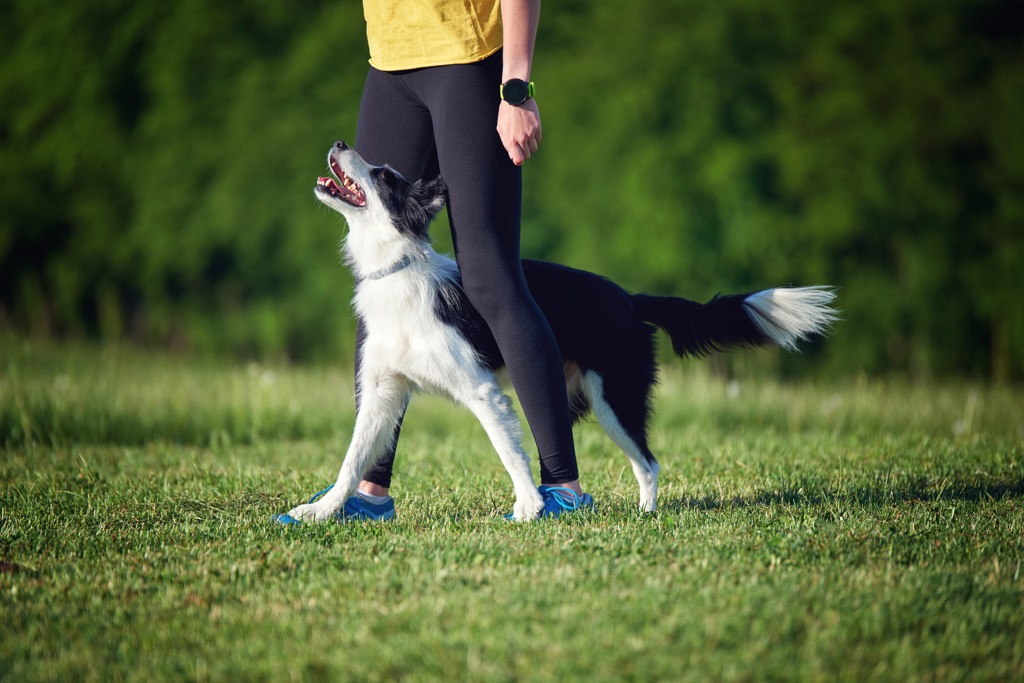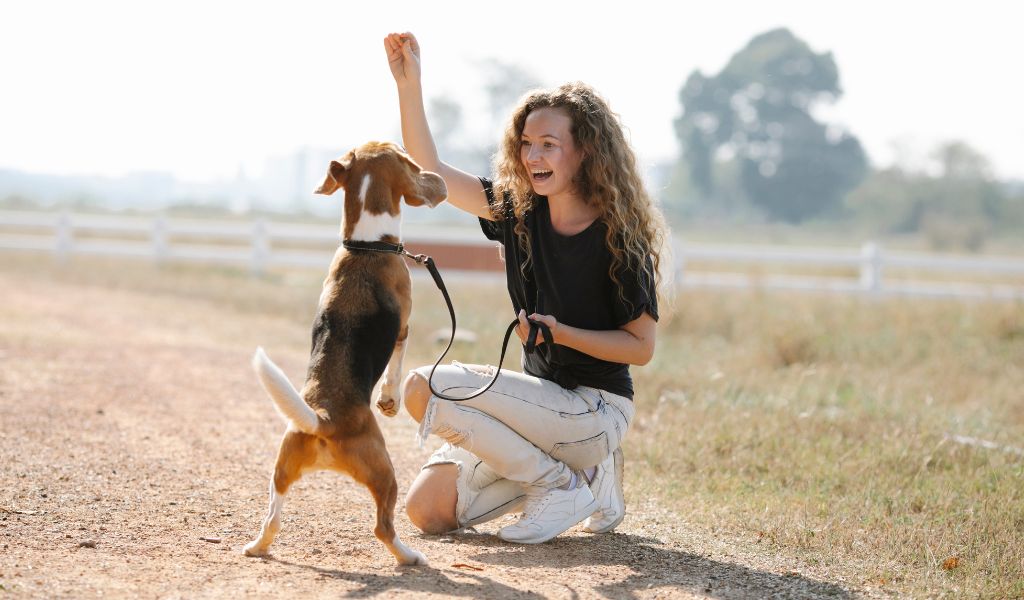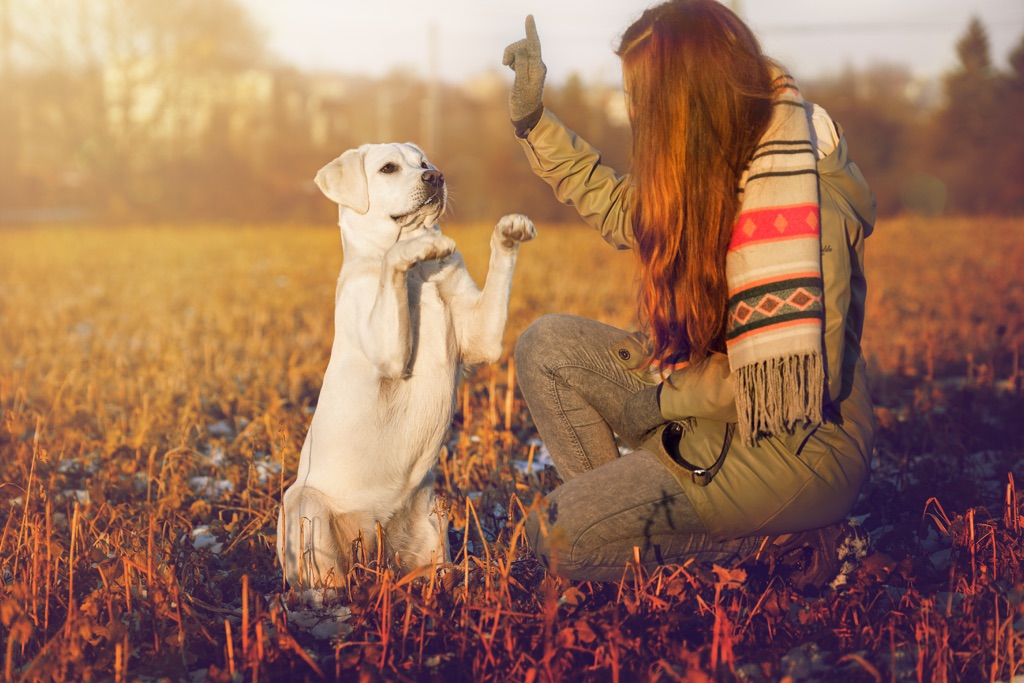Congratulations on your new puppy! You’re now part of the club (cue eye roll). But let’s face it, no one said raising a puppy was easy. While some may have more of a challenge than others, all puppy dog owners should be aware of the basics when it comes to training your beloved furry puppy friend. From introducing them to new environments to properly setting boundaries and expectations – we’ve got you covered. Here are some tips and tricks to help you get started on your journey to puppy training.
Establishing Boundaries
As much as we may want our pups to hang out with us 24/7, it’s important that your puppy dog understand their place in the family hierarchy. One way to accomplish this is by establishing rules and boundaries for them. This can help prevent any behavioral issues or bad habits from forming in the future. It also helps them feel secure in knowing what is expected of them and how your dog should act in different situations. For example, if they are not allowed on the couch, ensure that everyone in the house follows through with this rule so that they do not get confused or mixed messages about what is acceptable behavior.
Introducing New Environments
Introducing your puppy to new environments can be a bit overwhelming for both of you. Whether it’s a new park or just a change of scenery – take things slow and allow them time to adjust and explore at their own pace. If possible, provide treats or special toys as rewards for good behavior while exploring unfamiliar territory – this will create positive associations between your pup and their environment which will ultimately make both of you more comfortable when visiting new places together.

Reinforcing Positive Behaviors
It’s important to reinforce positive behaviors whenever possible as this will help your pup learn more quickly and stay motivated during training sessions. Reward-based training is an effective way to reinforce good behaviors and help motivate your puppy to continue learning – use treats, verbal praise, games, or anything else that gets them excited about learning new things! Additionally, if there are any behaviors that need correcting be sure to use consistent language when voicing corrections so that there is no confusion about what is acceptable behavior moving forward.
7 Basic Commands for Puppy Dog Training
- Sit
The sit command is one of the most basic and important commands that you can teach your dog. This command is used to get your dog to sit down on the ground. To teach your dog this command, start by holding a treat in front of their nose and saying the word “sit.” Once they start to sit down, give them the treat and praise them. - Stay
The stay command is used to keep your dog in one spot. This is a useful command for when you need your dog to stay put, such as when you answer the door or when you are cooking. To teach your dog this command, start by having them sit or lie down. Then, say the word “stay” and take a few steps away from your dog. If they stay in place, give them a treat and praise them. If they get up, say the word “no” and start again from the beginning. - Come
The come command is used to get your dog to come to you. This is a useful command for when you want your dog to come to you, such as when you are calling them inside or when you are going for a walk. To teach your dog this command, start by holding a treat in your hand and saying the word “come” in a happy voice. Once they start to come towards you, give them the treat and praise them. - Down
The down command is used to get your dog to lie down on the ground. This is a useful command for when you want your dog to settle down or when you want them to be in a calm state. To teach your dog this command, start by having them sit or stand next to you. Then, say the word “down” and point towards the ground. If they lie down, give them a treat and praise them. If they don’t lie down, say the word “no” and try again from the beginning. - Off
The off command is used to get your dog to get off of something that they are not supposed to be on, such as furniture or counters. This is a useful command for when you want your dog to stay off of certain things in your home or when you want them to stop jumping on people. To teach this command, start by having your dog on something that they are not supposed to be on, such as a couch or chair. Then, say the word “off” in a firm voice and point towards the ground. If they get off of the object, give them a treat and praise them. - Heel
The heel command is a great way to keep your dog walking calmly by your side instead of pulling ahead or lagging behind on walks. To teach your dog to heel, start by putting a leash on them and then holding a treat close to their nose at waist level. Say the word “heel” as you begin walking forwards, keeping the treat close to their nose so that they follow it with their eyes. As they walk calmly by your side, give them small treats periodically and praise them frequently - Leave It
The ‘Leave It’ command is essential in teaching obedience, but it can be difficult to instill in some dogs. By understanding the different approaches and techniques that you can use to train this useful command, you can make sure that both you and your dog will benefit from the rewards of developing strong self-control and discipline.

Training your dog doesn’t have to be a daunting task – with consistency and patience you can teach them valuable life lessons while strengthening the bond between you two! Establishing boundaries will help prevent behavioral issues down the road while introducing them to new environments slowly allows for exploration without feeling overwhelmed or panicked. And lastly, reinforcing positive behaviors is key – rewarding good behavior with treats or verbal praise helps keep motivation high while being consistent when correcting negative behaviors ensures understanding without confusion! With these tips in mind – happy training!

Leave a Reply